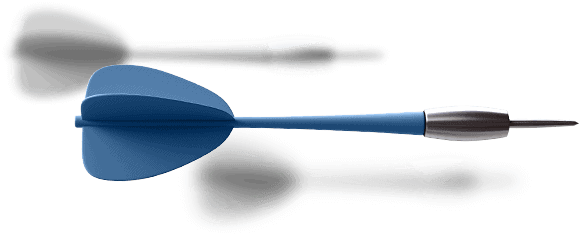CEATUS Marketing Strategy Generates Extraordinary SEO, Website Views…
Dr. Ashwini Bhave is a dentist located in San Jose, CA, the heart of Silicon Valley. Specializing in…
Impressive PPC Campaigns Results, Website traffic, Higher leads…
Virginia Eye Institute is a large and successful multispecialty eye care group that began working with Ceatus in…
Impressive SEO, Website Visitors, PPC Advertising and New Patient Lead Generation
Intracoastal Eye is a thriving full-service ophthalmology practice in Wilmington, NC, offering everything from routine eye exams to…
New Website and Digital Marketing Produce Astonishing Results…
Background: Dr. Dave Carpenter is a successful cosmetic and general dentist in Beaumont, Texas, with more than 35…
CEATUS Digital Marketing Attracts Scores of Patients to…
Background: Dr. Troy Pearce is a successful cosmetic and implant dentist in Cincinnati, Ohio, with more than 15…
Dentist Increases Patient Volume by Adding PPC and…
Background: Dr. Jaime Breziner is a successful cosmetic and implant dentist in La Jolla, California with more than…
Stop Wasting Money PPC AdWords Money
Revamped PPC strategy saves a prominent plastic surgeon money and increases patient lead volume Background: A well-known Southern…
New Design Dramatically Increases Traffic and Leads
Background: Dr. David Magilke is a successful facial plastic surgeon in Portland, Oregon, celebrating 25 years in practice.…
